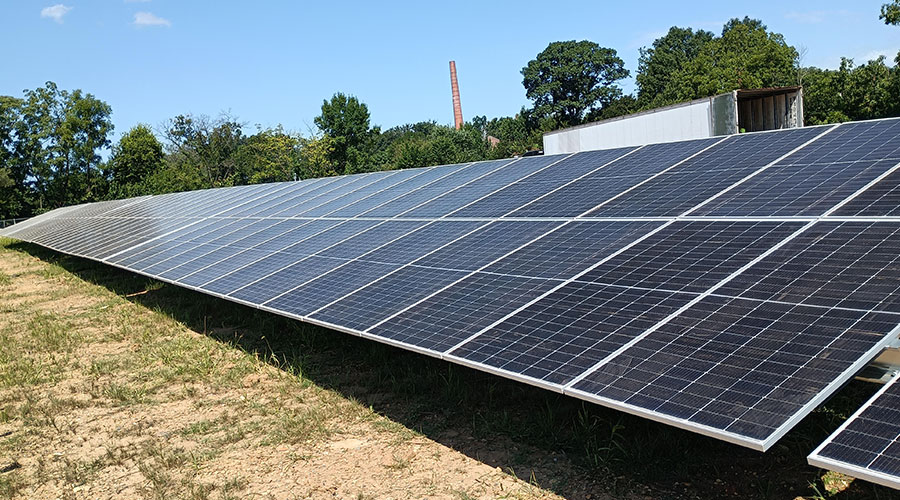Understanding ESCOs and Facility Needs Equals Success
Energy service companies (ESCOs) offer institutional and commercial facilities a means of reducing their energy costs through energy-saving retrofits and the installation of energy-efficient equipment. In spite of ESCOs' potential and advertised benefits, maintenance and engineering managers should not rush into an agreement with an ESCO without first fully understanding the way the process should work.
Most buildings, even those that are relatively new, offer many opportunities for projects that can reduce energy use. For managers to make the most of the opportunities ESCOs provide while achieving cost-effective energy savings, they must understand the savings they can achieve by undertaking all suitable projects for their facilities. Only then can they effectively select the most appropriate projects based on their needs and their goals.
Understanding Goals
One of the most important steps in the entire process is the identification of the program's goals. The first step is to examine in detail the organization's goals in working with an ESCO:
- Are rising energy costs putting a squeeze on the energy budget?
- Have changes occurred in the way the facility is billed for energy that will result in significant increases in energy costs, even though energy use might remain constant?
- Has energy use in the facility risen to the point that costly upgrades are required as a result of limitations on capacity?
- Does the facility need to replace HVAC components due to equipment age and simply be sure that replacement equipment is the highest efficiency possible?
Each of these goal is common for energy programs, but each requires a different approach. For example, if the goal is to reduce electrical demand, the program should focus on such tasks as peak-load reductions and load-time shifting. Improving the operating efficiency of HVAC units in this case might reduce energy use but might not have a significant impact on electrical demand.
Without understanding the organization's goals, it is difficult to map out an effective energy-conservation plan to achieve the goals. The result is apt to be wasted time, effort and money.
Related Topics:













